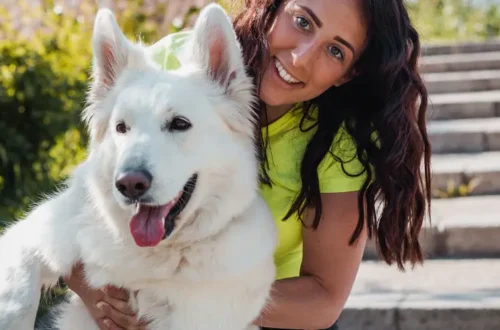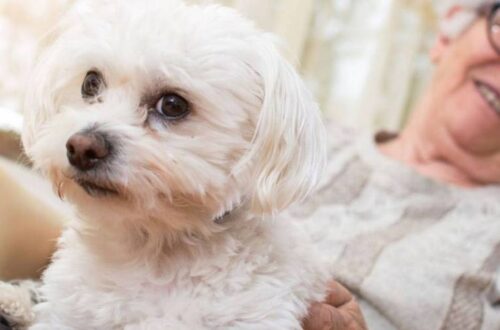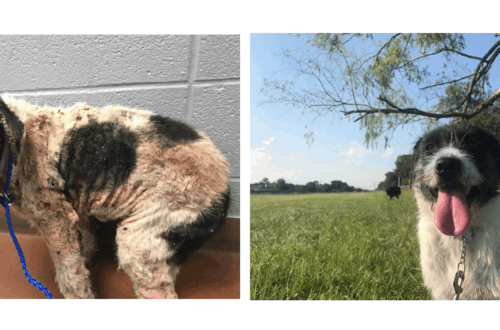
Top 7 Tips for Introducing Dogs & Babies
“New Baby” is one of the top reasons that dogs are surrendered to the local shelter. There are steps you can take before your new baby’s arrival, to make sure your dog is ready. Plus, steps to take with your children before you bring a new dog into your home. Below are our top tips.
TIP: I highly recommend following Pooch Parenting on Facebook, and check out their online classes on their website. This trainer specializes in the dog-child-family dynamic. These resources are worth the investment!
Top 7 Tips for New Baby and Dog Introduction
Here are some tips from Parents Magazine and the ASPCA.
- Spot. Introduce the “go to your spot” command. This will be your go-to sanity command when things get a little overwhelming between excited dog and crying baby.
- Leave it. Introduce the “back” and “leave it” command. These will come in handy if you need your dog to move away quickly, or drop something.
- Define OK vs. Not OK. Keep baby toys and doggie toys separate. Your dog needs to understand what’s acceptable to chew and what’s not allowed.
- Avoid a Food Fight. Do not let your baby take food out of the dog bowl or take a bone/toy from the dog’s mouth.
- Exercise. Make sure your dog gets enough exercise during the adjustment period. A tired dog is a good dog.
- Always supervise. Never, ever leave your baby or toddler alone with a pet. Ever.
- Jealousy. Watch for signs of jealousy between your dog and the newcomer.
Before your new baby comes home from the hospital, bring home a blanket or item of clothing with his/her scent on it. Let the dog smell it so the new family member at least smells familiar.

Signs Your Dog is Anxious About the New Baby
In addition to jealousy, you should also monitor your dog’s anxiety level. Romper.com has written an excellent piece on “7 Signs Your Dog Has Anxiety About Your Baby.” These include:
- Change in normal behavior (for example, not responding to commands)
- Raising a paw to “shake” over and over, seeking reassurance
- Nervousness when the baby cries
- Playing the ostrich card, and hiding their eyes from you, your partner, or your baby
- Looking back and forth at you and the baby, as if to say, what’s this thing
- Eliminating in the house (potty issues)
- Stiff or rigid posture
All of these are signs of an issue emerging.
Introducing a New Dog to Your Home
What if the situation is reversed and you are bringing a new dog into your household with kids?
All the above apply, PLUS if your dog is coming in from the shelter you need to allow for decompression.
We would advise giving the new dog 3 days to sleep and relax before slowly introducing supervised play with your children.
Remember, a child’s high pitched screams and quick movements could trigger a prey response in a dog. Play can quickly escalate and get out of hand. Set the ground rules early.
–#–





One Comment
Pingback: